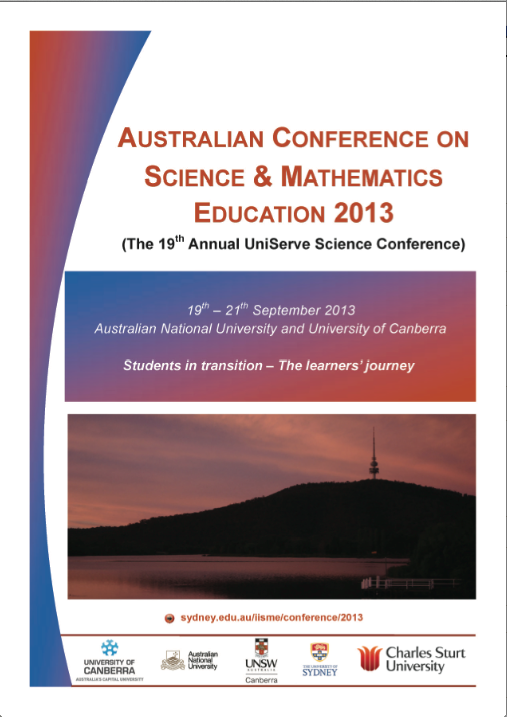Do you kiss your mother with that mouth? An inquiry-driven microbiology undergraduate research experience into the human oral microbiome
Abstract
Clinical microbiology testing is a fundamental component of healthcare, which depends upon the problem solving skills of its employees. Graduates entering these positions must be able to select, conduct, and interpret a wide variety of diagnostic tests, and undergraduate curricula must be able to foster these transferrable research skills. To this end, an undergraduate research experience (URE) was implemented in MICR2000, an introductory microbiology and immunology course offered at The University of Queensland (UQ). The URE aimed to identify the bacterial composition within healthy human oral cavities (the human oral microbiome), an original research question that has the potential to establish oral risk factors for disease. Previous studies have been hindered by limited volunteer recruitment but by engaging MICR2000 students, 225 oral swab samples were collected for microbial identification via student-driven selection and interpretation of diagnostic tests. In addition to novel research data generated for the oral microbiome, pre and post surveys revealed higher learning gains in laboratory skills, and confidence in explaining, interpreting, and designing experiments (p<0.05). By engaging the students in an authentic research project that maximizes their contribution with respect to providing clinical samples and data generation, the URE provides an inquiry-driven approach to learning clinical microbiology.Downloads
Published
2013-09-23
Issue
Section
Abstracts
